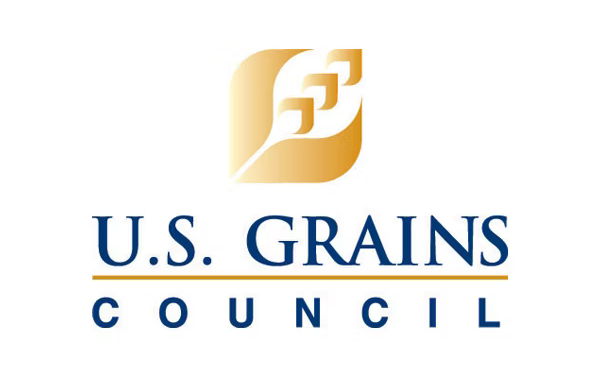
The U.S. Grains Council (USGC) has recently disclosed the findings of Year 2 of its Corn Origins Report, a comprehensive study funded by the Minnesota Corn Research and Promotion Council, North Dakota Corn Utilization Council, and South Dakota Corn Utilization Council. This report delves into the performance of U.S. corn when compared to corn from other origins in poultry diets.
Opting for U.S. corn presents several advantages, such as elevated levels of available starch for enhanced animal digestibility, reduced mycotoxin levels, and larger kernel size. The Council’s initial study confirmed that the origin of corn used by feed millers globally significantly influences the financial performance of their feed industries and, consequently, the growth of their livestock.
In the recently published study, commercial corn samples from the warehouses of an international feed company in Colombia—U.S., Argentinian, and Brazilian corn—were collected. These samples were then re-exported to the United States and subjected to feeding trials at Auburn University to assess growth performance, carcass traits, and nutrient digestibility in poultry.
The study’s findings revealed that birds fed diets with U.S. corn exhibited lower feed consumption throughout the entire grow-out phase compared to those fed Argentinian or Brazilian corn. The lower feed conversion rates (FCR) observed in poultry fed U.S. corn resulted in significant long-term cost savings. These savings, contingent on the annual poultry production volume, translated into substantial cost-effectiveness.
Kurt Shultz, USGC senior director for global strategies, commented on the study, stating, “When the Council originally started this study, we were hoping to address our international customers’ concerns around the fragility of U.S. corn and the breakage that occurs during the export process.” He highlighted that despite the fragility, U.S. corn outperforms other origins in terms of digestible starch, leading to increased profitability across large poultry flocks.
Shultz emphasized the competitive advantage for international buyers regularly choosing U.S. corn, stating, “International buyers have a choice when choosing which origin they buy their corn from; however, those regularly buying U.S. corn have a competitive advantage in terms of profitability than those using other origins.”
Looking ahead, the Council plans to conduct the next stage of the study, involving commercial trials with two to three international feed companies. These trials will include milling trials to benchmark the energy and milling costs of various origins, measuring their performance in commercial poultry operations to assess animal performance comprehensively. The data collected will provide insights into total production costs based on the origin of the corn, highlighting the performance benefits of U.S. corn and its role in enhancing the competitive advantage and profitability of customers in an increasingly competitive environment.


















